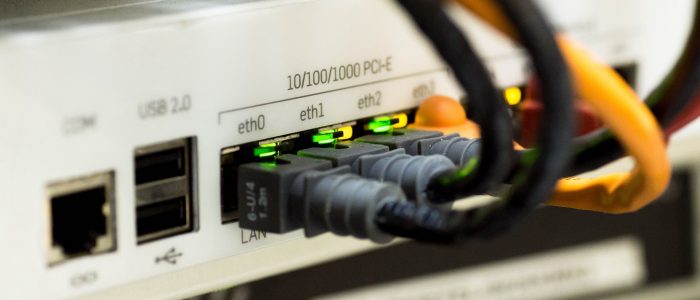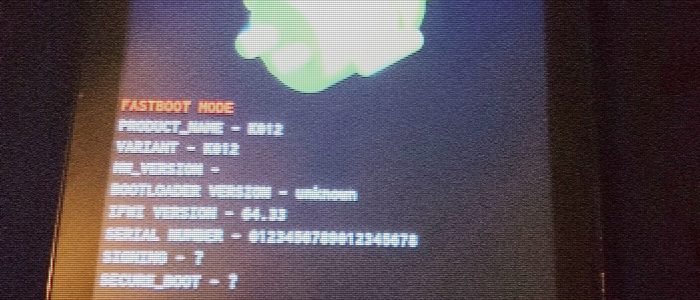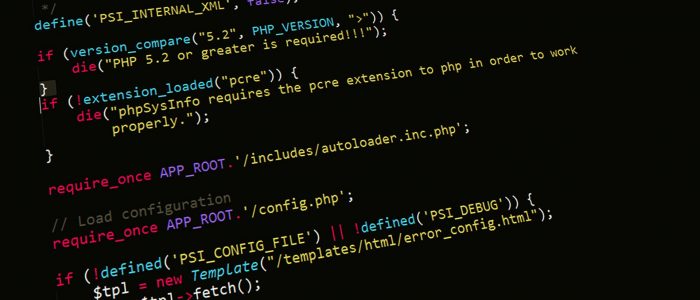I had to look for an alternate VPN system to use when I need to dial back to my home network while on the move to access my media library or when I require a trusted connection or a whitelisted IP.
The next best thing (and least complicated to set up going from PPTP) is IPSec/L2TP, which has built-in support in most current operating systems (including Windows, Linux and Android). Due to its double-encapsulation nature (L2TP performs the tunnelling of data and IPSec provides the encrypted channel), L2TP/IPSec has a more complex setup and configuration procedure, both for the server and the client.












